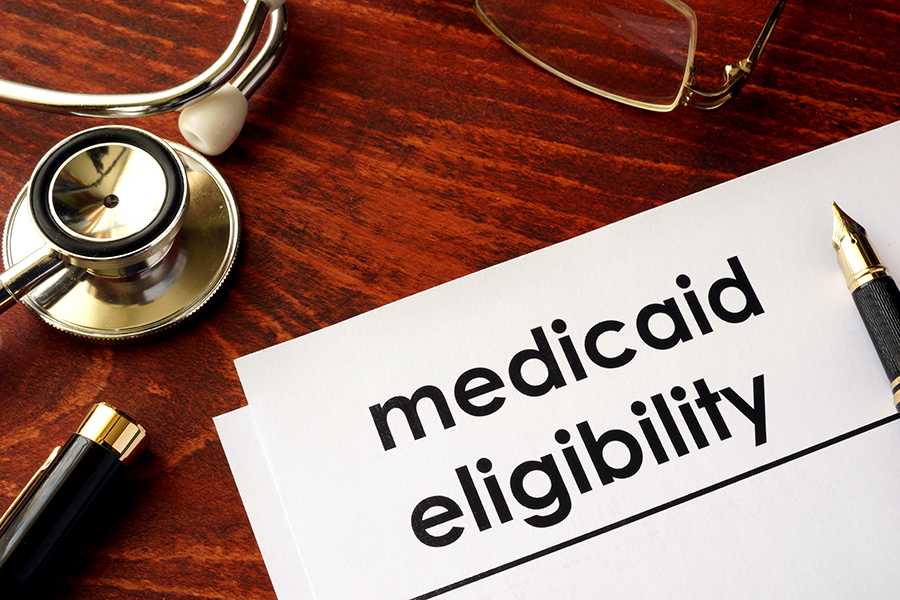409
Medicaid is a government-funded healthcare program that provides medical coverage to individuals and families with low incomes. For families with children, Medicaid can be a critical resource that provides access to essential healthcare services. Here are some key aspects of Medicaid coverage for families with children:
- Eligibility: Eligibility for Medicaid coverage varies by state, but generally, families with children who meet income and other eligibility requirements can qualify for coverage. Eligible children may also receive coverage through the Children’s Health Insurance Program (CHIP).
- Covered services: Medicaid coverage for families with children typically includes a wide range of medical services, such as doctor visits, hospital care, prescription medications, and preventive care. Dental and vision care may also be covered.
- Early and periodic screening, diagnostic, and treatment (EPSDT) benefits: Medicaid coverage for children includes EPSDT benefits, which provide comprehensive preventive and diagnostic services to children up to age 21. These benefits include regular checkups, developmental screenings, and necessary treatment.
- Cost-sharing: Medicaid coverage for families with children may include cost-sharing, such as copayments or deductibles, but these costs are typically low or waived for families with very low incomes.
- Coverage for children with special needs: Medicaid provides coverage for children with disabilities or special health care needs, including services such as speech therapy, physical therapy, and occupational therapy.
Medicaid coverage can provide crucial support for families with children, ensuring that they have access to necessary healthcare services regardless of their income level. It’s important for families to understand their eligibility and coverage options and to seek out assistance if needed.
